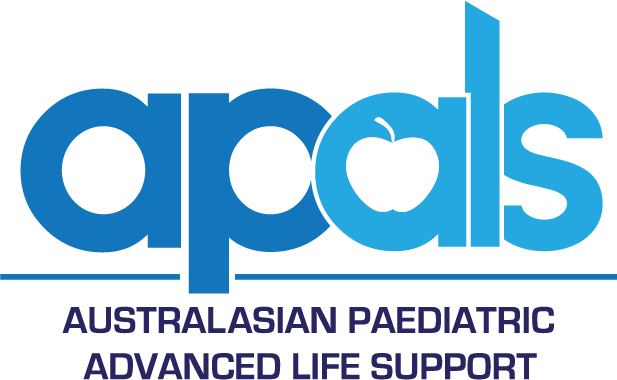New guidelines will allow emergency department clinicians to best diagnose and treat children’s head injuries while reducing unnecessary exposure to radiation from CT scans.
Developed by the Paediatric Research in Emergency Departments International Collaborative (PREDICT) and published in Emergency Medicine Australasia, the guidelines allow emergency department clinicians to best diagnose and treat children’s head injuries while reducing unnecessary exposure to radiation from CT scans. They also address head injuries in children with underlying problems, such as a bleeding disorder.
The recommendations in the guidelines fall under three categories – evidence-informed recommendation, consensus-based recommendation, and practice point – and are classified as new, adopted, or adapted.
Officially launched on 3 February 2021, the guidelines cover patient triage, imaging, observation versus admission, transfer, discharge and follow-up.
Professor Franz Babl, MCRI Group Leader of Emergency Research, said Australia and New Zealand have not had a specific set of guidelines to help clinicians decide how best to treat individual children under 18 years who come to the emergency department with mild to moderate head injury.
“While we need to rule out any bleeding in the brain, we don’t want to order CT scans unnecessarily, because it increases children’s lifetime radiation exposure,” he said.
“The lack of standardised guidelines meant children were receiving different care depending on where they were seen. Widespread uptake of these guidelines will change that.”
Following an extensive search and assessment of international guidelines such as those used in Canada, the US and the UK, the PREDICT working group developed 71 recommendations (40 new, 22 adapted and 9 adopted) and an imaging/observation algorithm relevant to the Australian and New Zealand setting.
Head injury is one of the most common reasons for children to present to emergency departments.
In Australia and New Zealand about 10% of children who present with head injuries of all severities have CT scans. Despite traumatic brain injuries being uncommon, persistent post-concussive symptoms affect more than a third.
The PREDICT working group who developed the guidelines included emergency physicians, paediatricians, neurologists, neurosurgeons, radiologists, sports medicine doctors, neuropsychologists, GPs, paramedics and nurses.
The PREDICT Australian and New Zealand Guideline for Mild to Moderate Head Injuries in Children can be viewed at www.predict.org.au/head-injury-guideline/
